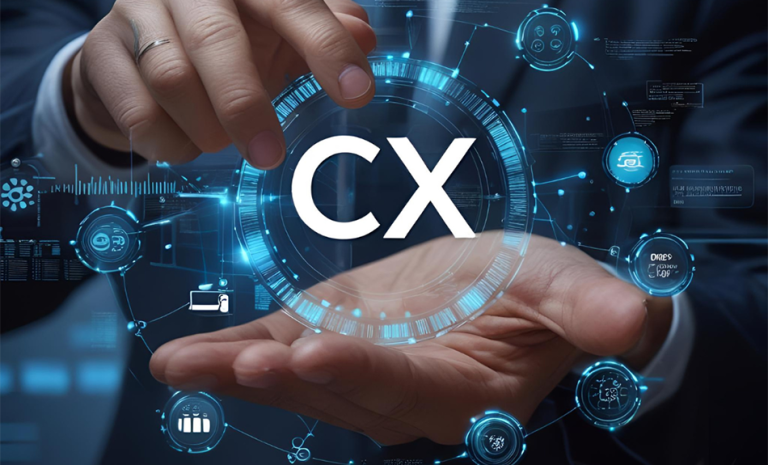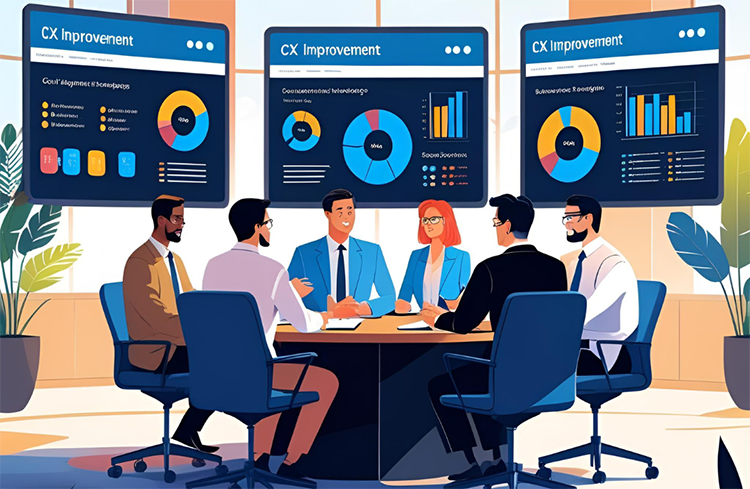Enhancing CX Through Strategic Technology Investments

In today’s competitive market, delivering exceptional customer experience (CX) is paramount for business success. Strategic technology investments, from AI-driven analytics to enterprise browsers, are empowering contact centers to meet rising customer expectations while optimizing operations. This article synthesizes insights from industry experts on how targeted technologies enhance CX, drawing from real-world applications and best practices.
The Power of Call Intent Analysis
Understanding why customers contact a business is foundational to CX improvement. Joe O’Brien from Sabio Group, in “Decoding Customer Desires,” highlights call intent analysis as a key tool for uncovering customer needs across channels. AI-powered platforms analyze interactions to identify trends, enabling proactive problem-solving. A fire safety provider, for instance, discovered that 17% of calls were for alarm testing, leading to an online portal that reduced contact center burden significantly.
This aligns with Patrick Martin’s perspective in “The Personalization Imperative,” where AI unifies the customer journey to deliver tailored self-service. Xero’s integration of generative answering technology exemplifies this, boosting self-service resolution by 20% and cutting search times by 40%. By investing in AI analytics, businesses can route customers to the right resources, reducing frustration and enhancing satisfaction.
Enterprise Browsers: Streamlining Agent Workflows
Chris Albrecht from Here.io, in “Why Contact Centers Must Embrace Enterprise Browsers,” argues that outdated browsers like Chrome and Edge hinder agent productivity. Enterprise browsers, designed for contact center challenges, consolidate workflows into a single interface, reducing the “toggle tax” of switching between apps 1,200 times daily. This can shorten call times by up to 80%, saving $8 million per 1,000 agents.
Albrecht’s insights complement The Seattle Times’ experience, detailed in “Extra! Extra! Advanced Tech Helps Newspaper!”. Their 2023 upgrade to Enghouse’s cloud contact center solution improved remote work capabilities and self-service options, reducing hold times and complaints. By integrating IVR, soft phones, and chatbots, they achieved better call monitoring and cost savings, demonstrating the value of purpose-built technology.
Personalization and Agent Empowerment
Personalization is a customer expectation, with 73% of consumers buying more from brands offering tailored experiences, as Michael Wiesblatt from Genesys notes in “Are Customers (and Agents) Truly Different?”. AI tools that provide agents with real-time customer data enhance personalization, improving first contact resolution (FCR). Wiesblatt’s research shows that FCR is valued across generations, with 88% of Baby Boomers prioritizing it.
Nicholas Clapper from Cloudli, in “How to Deliver Excellent CXs,” emphasizes the “Big Four” elements—speed, convenience, knowledgeable help, and friendly service—for SMBs. Technologies like skills-based routing ensure customers reach qualified agents, while analytics optimize staffing for peak periods. The Seattle Times’ focus on real-time coaching via Enghouse aligns with this, empowering agents to deliver friendly, effective service.
Overcoming Implementation Challenges
Strategic investments require careful planning. Shane Devitt, in “The CX Buzzword Hall of Shame,” critiques overhyped terms like “seamless,” noting that many integrations require months of IT work. To avoid this, businesses must select scalable, user-friendly solutions. The Seattle Times’ partnership with Enghouse, built on regular vendor communication, ensured smooth deployment and training.
Pablo Sanchez from Atento, in “The Journey to the New World of AI,” advocates for Centers of Excellence (CoEs) to drive AI adoption. Their CoE integrated AI into CRM, reducing resolution times by 50% and operational errors by 19%. This structured approach mitigates the piecemeal adoption Devitt warns against, ensuring technology aligns with CX goals.
Future-Proofing CX
Investments in technology must anticipate future demands. Albrecht’s enterprise browsers future-proof tech stacks by enhancing existing tools, while Sanchez’s AI CoE fosters innovation through minimum viable products (MVPs). Clapper advises SMBs to prioritize streamlined solutions to compete with enterprises, a strategy The Seattle Times employed to maintain high service levels despite reduced call volumes.
Manu Parhar from Webex by Cisco, in “11 Most Valuable Metrics,” underscores the importance of tracking metrics like FCR and customer satisfaction (CSAT) to evaluate technology impact. Analytics dashboards provide real-time insights, enabling data-driven improvements. By aligning investments with key performance indicators (KPIs), businesses can ensure long-term CX success.
Conclusion
Strategic technology investments, from AI analytics to enterprise browsers, are transforming CX by enabling personalization, streamlining operations, and empowering agents. Real-world examples like The Seattle Times and Xero demonstrate the tangible benefits of targeted solutions. By avoiding buzzword-driven decisions and focusing on scalable, data-driven technologies, businesses can deliver exceptional CX and build lasting customer loyalty.


